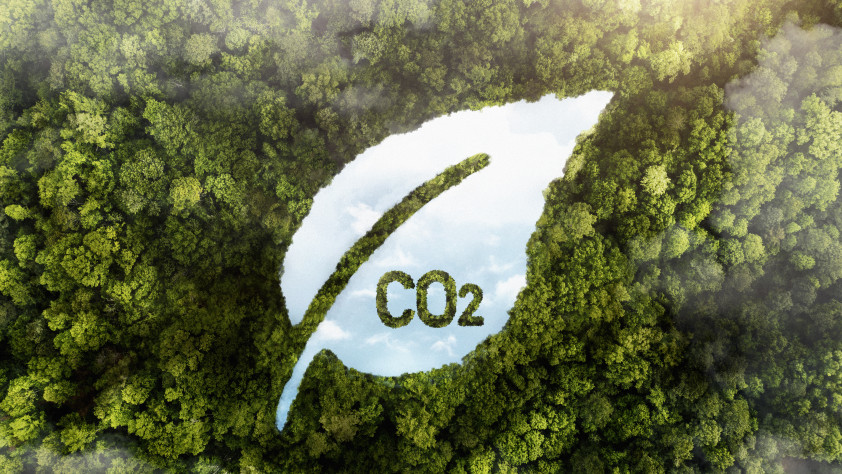Top ESG Trends to Watch in 2025: A Global Perspective with Insights from Olive Gaea
2025 will mark a pivotal year for businesses aligning with sustainability goals amidst new regulations, tech innovations, and shifting priorities. At Olive Gaea, we empower organizations with actionable ESG strategies to lead in this evolving landscape. Here are the key trends shaping the ESG agenda for 2025.
1. The Rise of Unified Global ESG Standards: From Compliance to Competitive Advantage
In 2025, we’ll witness a significant shift towards harmonized ESG regulations worldwide. Key initiatives like the European Union’s Corporate Sustainability Reporting Directive (CSRD) and the International Sustainability Standards Board (ISSB) will set the tone for global compliance frameworks. These developments are not just about meeting minimum requirements; they redefine ESG reporting as a competitive differentiator.
Key drivers of this trend include:
- Mandatory Scope 1, 2, and 3 Reporting: Companies will face greater pressure to disclose ESG data, including Scope 1, 2, and 3 emissions, biodiversity impacts and social performance metrics.
- Penalties and Incentives: Non-compliance will result in financial repercussions, while alignment could unlock preferential access to capital and partnerships.
- Technology-Driven Compliance: Advanced platforms with AI-powered solutions will be critical for seamless ESG data collection, monitoring, and reporting.
2. Climate Change Acceleration: From Net-Zero Commitments to Net-Zero Action
The urgency of addressing climate change will escalate in 2025, compelling organizations to shift from ambitious pledges to tangible actions. Governments, investors, and consumers will demand measurable progress in decarbonization and climate resilience.
Emerging strategies include:
- Expansion of Carbon Markets: The global carbon market will gain momentum, with mechanisms like the Carbon Border Adjustment Mechanism (CBAM) incentivizing low-carbon innovation.
- Biodiversity Protection: Heightened awareness of biodiversity loss is driving companies to adopt nature-positive strategies. Businesses are now expanding their focus beyond carbon footprint management to encompass ecosystem preservation and sustainable resource use.
- Combatting Deforestation: Addressing the risks of deforestation, organizations are adopting sustainable land-use practices to ensure supply chains align with regenerative systems, reinforcing efforts to safeguard planetary health alongside emission reductions.
Olive Gaea’s flagship platform, ‘Zero,’ empowers organizations to track, reduce, and optimize emissions, providing a clear pathway to achieving net-zero objectives.
3. The Role of Circular Economy Innovations
Moving beyond traditional sustainability measures, 2025 will see a surge in circular economy practices as companies rethink resource use and waste management.
Innovative approaches include:
- Resource Regeneration: Businesses will prioritize not just reducing waste but actively regenerating resources, such as turning agricultural by-products into bio-based materials.
- Circular Supply Chains: End-to-end circular models, including product-as-a-service offerings and recycling initiatives, will redefine industries like fashion and electronics.
- Digital Traceability: Blockchain and IoT will enhance transparency, enabling businesses to track materials’ lifecycle and ensure ethical practices.
This trend challenges the notion of sustainability as merely ‘less harm’ and repositions it as a source of innovation and value creation.
4. Stakeholder-Centric ESG: Building Trust Through Assurance and Transparency
As skepticism around greenwashing grows, the demand for credible, assured ESG reporting will reach unprecedented levels in 2025. Companies will need to go beyond compliance to foster trust among stakeholders.
Key developments include:
- Enhanced Assurance Practices: Businesses will shift from limited to comprehensive assurance for ESG data, particularly for Scope 3 emissions.
- AI-Enabled Verification: Technologies like AI and machine learning will ensure the accuracy and reliability of ESG disclosures.
- Transparency as a Differentiator: Organizations that openly share challenges alongside achievements will resonate more authentically with stakeholders.
By adopting assured and transparent practices, companies can mitigate reputational risks and strengthen stakeholder loyalty.
5. Social Sustainability: Broadening the ESG Horizon
An outlier yet increasingly pivotal trend in 2025 is the rising focus on social sustainability. Beyond environmental metrics, organizations will be expected to address equity, inclusion, and community resilience.
Noteworthy areas include:
- Workforce Wellbeing: Mental health, flexible work arrangements, and upskilling programs will become integral to ESG strategies.
- Community Impact Metrics: Companies will track and disclose their contributions to local economies and communities.
- Inclusive Innovation: Businesses will prioritize accessibility and inclusivity in product design and service delivery.
This human-centered approach underscores the interconnectedness of people and the planet, emphasizing the ‘social’ in ESG.
Driving the Future of ESG with Olive Gaea
As these trends unfold, Olive Gaea remains committed to empowering businesses with the tools and insights they need to thrive in the evolving ESG landscape. From AI-driven carbon accounting to bespoke consulting services, we enable organizations to lead with purpose, transparency, and innovation.
2025 is not just another milestone; it’s a call to action for businesses worldwide to redefine success through sustainability.

